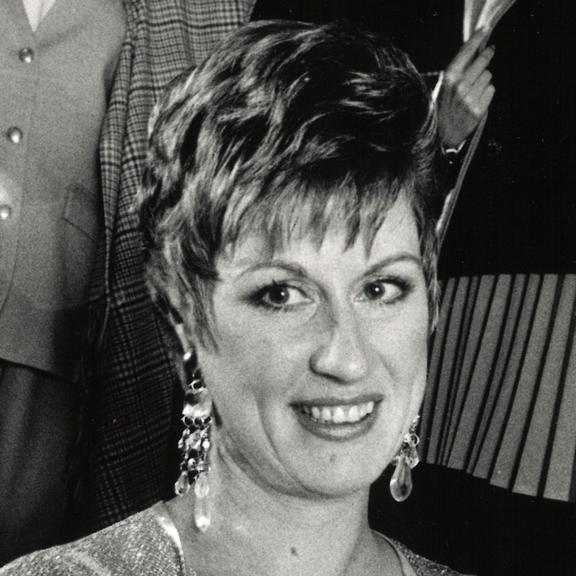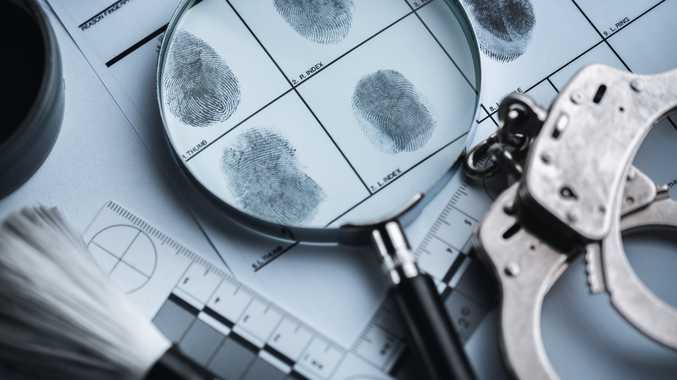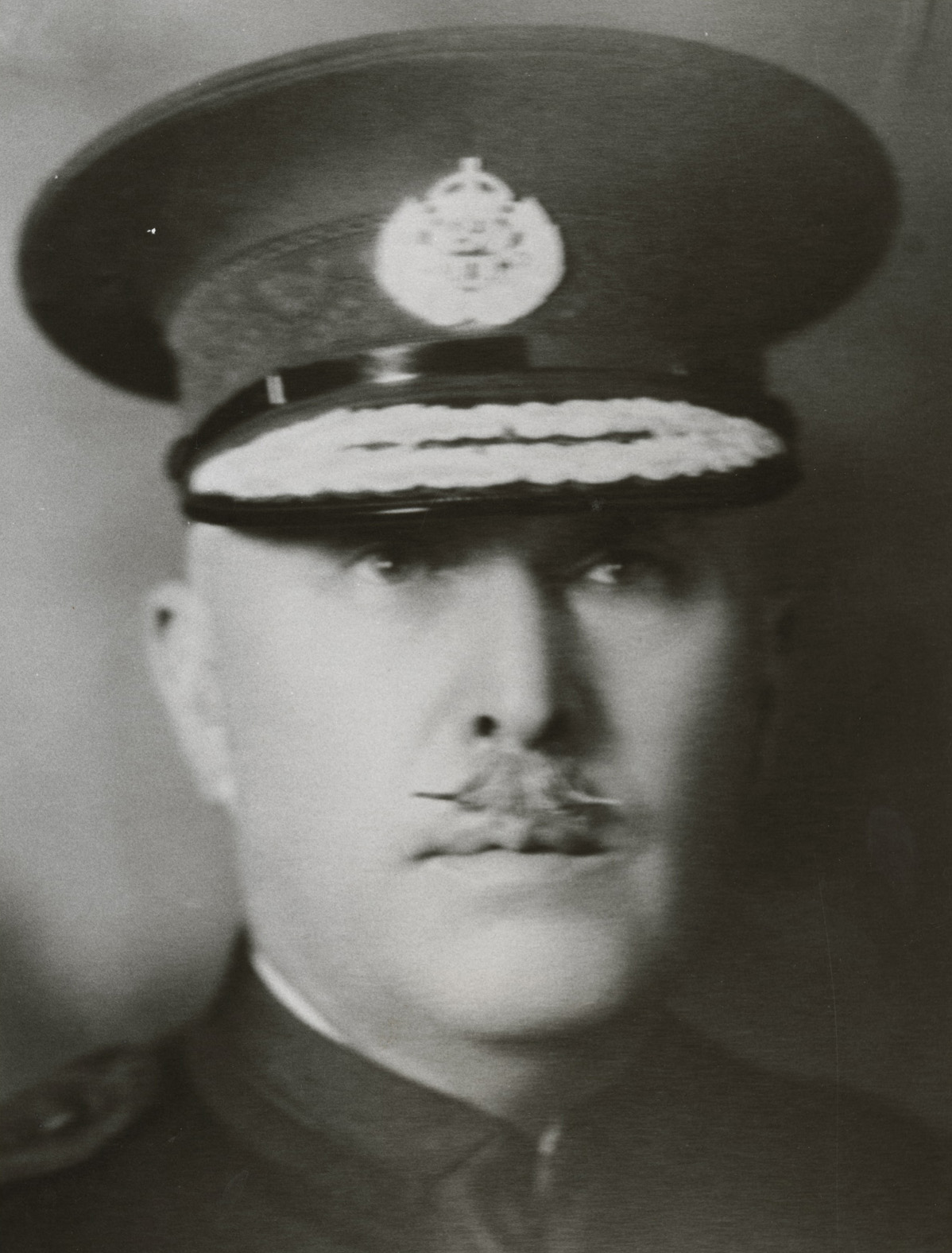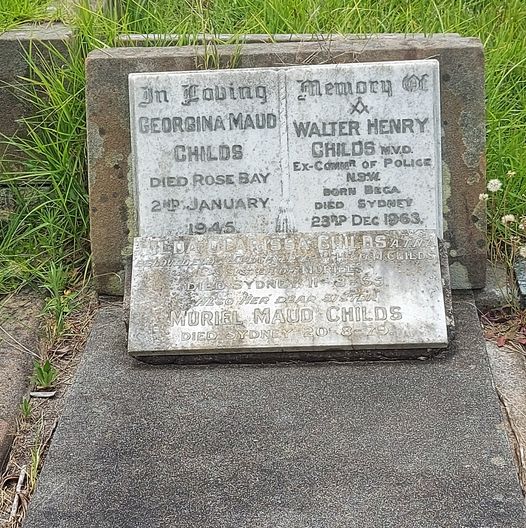Perri Cutten: A Timeless Legacy in Fashion
Remembering Perri Cutten: A trailblazing Australian fashion designer whose timeless elegance and...

 Search...
Search...

He nearly died on the job, introduced finger printing as a way of catching criminals, ensured police had a standard uniform and had to deal with the unorthodox cutting of the ribbon at the opening of Sydney's most famous structure. Between the years 1929 - 1935 Walter Henry Childs held the most prominent position in the NSW police force, as acting Commissioner, then Commissioner. He was born in Bega on 24th March, 1872, and joined the New South Wales Police Force on the 17th February, 1892.
Walter served in uniform at a number of metropolitan stations, including The Rocks where he was wounded in 1893 while attempting to make an arrest in George Street. In 1898 he was transferred to the Accounts Branch at Police Headquarters then promoted to Sergeant 3rd Class on 1st April, 1902. It was this move that a Frenchman, John Miller, also known as John Hunter, would come to regret. This is because, in that same year, the Inspector-General selected Walter to be in charge of introducing a fingerprint system, based on London Scotland Yard methods, into the New South Wales Police Force. It had been discovered that while the rest of our body grew older and changed, our fingerprints didn't and were also unique to each person. John Miller became the first person in NSW to face court using fingerprints as proof of the crime. He had been trying to rob a house in Potts Point. When he grasped a third-floor window sash in a spare bedroom on Macleay Street to escape, his 30-year-old fingers left prints in the dust. Walter remained in charge of the Fingerprint, Criminal Correspondence and Criminal Records sections until January 1915, when he was transferred to Albury as Superintendent-in-Charge. He was later appointed to West Maitland and Newcastle in a similar capacity.

Continuing on his trajectory upwards, Walter was appointed Metropolitan Superintendent in 1927, acting Police Commissioner in 1929, and finally Commissioner of Police on 21st March, 1930. Many new reforms were introduced under Walter's watch including dressing all police officers in the same blue uniform. By the end of 1929, the NSW Police Force numbered 3646, serving a population of 2.5 million. Uniforms were disparate, ranging from green/khaki and blue, and of poor quality with boots lucky to last a month on average. At the 13th annual conference in 1934 Walter announced for the first time all police would be issued with blue serge uniforms and boots that had leather soles. Other new reforms included the Police Call Box system, the Police Wireless section and the B030 telephone system as a complete internal unit. Walter also established a modern fleet of police motor vehicles and introduced the Pistol License Register of records.
In 1932, in an act that would forever be remembered in the history archives, Captain Francis Edward De Groot, mounted on his horse and using his sword, slashed the ribbon stretched across the highway to the new Sydney Harbour Bridge, just after Premier Lang's speech. De Groot was dragged from his horse and arrested. Walter announced the offender would be charged with offensive behaviour. In that same year Captain De Groot turned the tables on the Police Commissioner, the Chief Secretary and the acting Metropolitan Police Superintendent when he issued a joint writ, claiming 5000 pounds damages. The matter was settled out of court.
Walter also established the NSW Police Golf Club, the oldest sporting body within the NSW Police Force and the oldest social golf club in Australia. Walter was a keen golfer and had applied for and been refused membership of the exclusive Royal Sydney Golf Club, due to his background, having risen through the ranks. Upset by this refusal, he formed the club in 1932. The first club championships were held that year, consisting of 36 holes qualifying with 16 qualifiers playing off under match play conditions. Walter donated a cup known as the W.H. Childs Cup for the leading qualifier and a gold medal for the eventual champion.
Walter was invested with Membership of the Victorian Order and retired on March 23, 1935, and lived at Rose Bay in Sydney. He died on December 23, 1963 and is buried next to his wife in South Head Cemetery, Sydney.

Tales From The Grave - Uncovering family history from down under By Samantha Elley.
Sources: